In many ecosystems, trophic cascades exist whereby top predators can have a top-down influence on the behaviour and physiology or animals at all other levels within the food web. As a prime example, top predators can eat or suppress the behaviour of medium-sized predatos ('mesopredators') such that the mesopredators have a harder time hunting for and consuming their own prey. This decrease in foraging by the mesopredators can have a beneficial effect on the abundances of prey populations.
It might also be possible that the decreased hunting behaviour of the mesopredators may reduce the stress levels of the bottom prey, with beneficial sublethal effects. Shaun Killen recently examined this possibility with colleagues Maria Palacios, Lauren Nadler, James White, and Mark McCormick using a trophic cascade found on the Great Barrier Reef: coral trout (a top predator in this case) consume dottybacks (the mesopredator) which in turn predate baby damselfish.
In lab experiments, the team measured the oxygen consumption of baby damselfish visually exposed to differing combinations of meso- and top predators and found that the presence of a top predator can reduce the measured stress response in the young fish by up to a third:
The behavioural suppression of the mesopredator in this system could have important consequences for the young damselfish. Animals have finite energy budgets, so by reducing the energy invested in antipredator responses, baby fish should be able to invest more energy in growth and storage. Anything that allows young fish to grow faster and get a good start on life could be beneficial for increasing adult populations. These results highlight the important role that top predators play in regulating ecosystems. Read more here!:
Palacios, M., Killen, S.S., Nadler, L., White, J.R., McCormick, M.I. 2016. Top-predators negate the effect of mesopredators on prey physiology. Journal of Animal Ecology. DOI: 10.1111/1365-2656.12523



